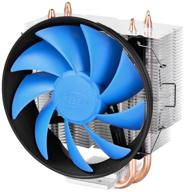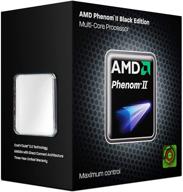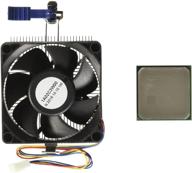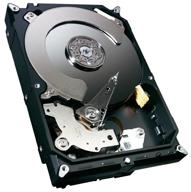
Review on High-Speed USB 3.1 Gen 2 (10 Gbps) 2-Port Type C Expansion Card with Asmedia Chipset for Windows & Linux – PCI-E PCI Express 4X (2XType C) by Kevin Abner

Plug and play Simplicity
Not much to say. Plugged into an open PCI 3.0 4x slot, instantly recognized by Win 10. Tested with fast 10Gbps USB-C to 3.1 Gen 2 cables. Immediately got the expected speed. In my case, the speed was around 600MB/s, which is limited by my SATA 3 drive, not the interface. Previously I was only getting around 350MB/s with my built in USB 3.0 ports. Make sure you are using the correct rating of cables, not all cables are created equal. Make sure the manufacturer specifies USB 3.1 GEN 2 AND 10Gbps with an embedded chip in the cable. Don't forget that you are limited to the slowest link in the chain. Chipless Cable = 5Gb/s USB 3.0 Drive Enclosure = 5Gb/s Mechanical Drive = 100MB/s SSD SATA 3 = 550MB/s NVME in USB 3.1 Gen 2 Enclosure - 10Gb/s and so on. last thought Not all processors and motherboards are created equal. Read the information about PCI lanes and make sure you don't take lanes from your graphics card, for example, when adding this card.* Again, every processor and motherboard handles devices differently, so your results and calculations may vary. can use 16 PCI lanes Each SATA port is 1 lane Each SSD drive is 2 lanes Each USB 3.0 port is 1 lane NVME drives use 4 lanes It won't be long before you run out of tracks. On my system 1 GPU = 16 lanes 8 USB 3.0 = 82 NVME drives = 82 USB 3.1 = 4 (this card) 3 SATA disks = 3 If I ran all devices simultaneously I would probably "at least" 39 PCI -Lanes. My PC only supports 40 titles. I've maxed out my 12-core Xeon processor. Adding more cards will affect something else. My example might not be 100 percent technically perfect for everyone Users, but just know that you can get the most out of your system even if you have "more slots available." 40 lanes with server processor Many home CPUs only support 16 lanes.
- Impressive
- Boring packaging
New products
Comments (0)
Top products in 🧰 Computer Internal Components
Another interesting products
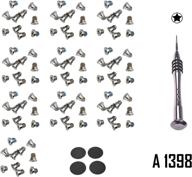
🔧 Premium Repair Replacement Screws & Tools for MacBook Pro Retina 15"/13" - Complete Bottom Case Set

10 Review

Comprehensive 500pcs Laptop Screw Kit Set for 🔩 IBM HP Dell Lenovo Samsung Sony Toshiba Gateway Acer

12 Review
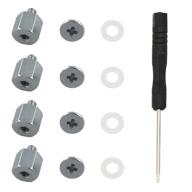
M.2 Screw Kit: Easy Mounting for NVMe SSDs on ASUS Motherboards

19 Review
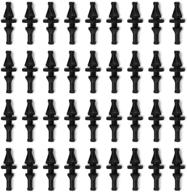
36-Pack Black Rubber PC CPU/Case Fan Screws/Rivets Set for Computer

11 Review


